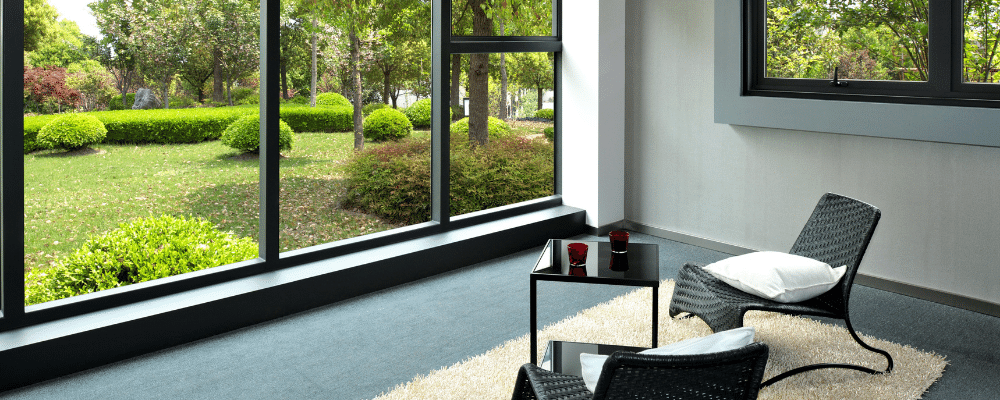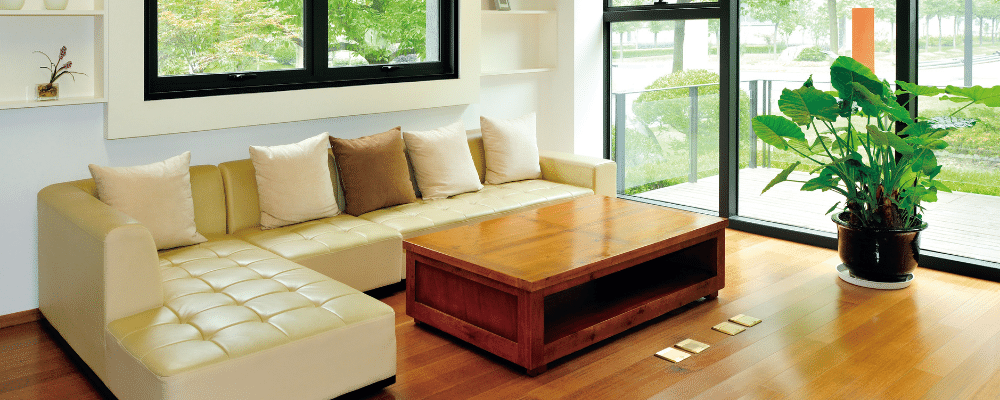7 Tips for Heating a Garden Room
What is a Garden Room?

A garden room is an addition to your home and can be a stand-alone structure in a corner of your garden, or it can be an extension of your main building. A garden room offers a secluded space, separate from your home that is built to your preferences and can be used as you wish.
Nowadays, we're seeing a lot more homeowners opting for garden rooms on their property. In most areas, you can construct a garden room as an extension in your property without the need for planning permission.
A garden room can be a place for you to share with your family. It could be family games rooms or a playroom, or even a home cinema. Your garden room can also be a relaxing place or a small library cum home office where you can get things done in peace and quiet. Basically, what you use the garden room for is really dependent on your own lifestyle and your needs.
Heating a Garden Room:

But regardless of your lifestyle, there is one thing that your garden room will need and that is heating. As a garden room is an extension of your original building it will not have the same kind of construction, and you'll have to find a way to keep the place warm. In this article, we will discuss 7 ways to heat your garden room, and you can choose the one that makes the most sense for your circumstances.
If your question is how to heat a garden room, then the answer to that is going to depend on a few things. First, the size of the room is going to affect the capacity of your heating setup. Second, the intended purpose of the room will help you decide the kind of heating you will need in your garden room.
For example, your heating setup will be different for a room that will be used only during the day versus a room that will be used in the evening or through the night. And finally, you should also consider your budget before you decide on the kind of heating you will install.
- 1. Electric Convection Heaters
Electric convection heaters are a great option to use in your
garden room. They work by circulating warm air inside the room and they are easy to set up. you can find electric convection heaters that can be wall-mounted as well, that way you will be able to manage your space better. Most electric convection heaters as well have thermostat and timer functions. They're also versatile to use and you can switch them off when you don't need them. Electric convection heaters are quite inexpensive to buy and install.
- 2. Electric Oil-Filled Radiators
Another option that relies on electricity is electric oil-filled radiators. These radiators are filled with thermodynamic fluid, also called oil, and work in the same way that a traditional radiator works but these are usually free-standing, which offers usage flexibility but at the price of taking up floor space. However, you can also find models that can be wall-mounted.
Electric radiators have a higher watt rating, so we recommend that you get an electrician to hard-wire your radiator into your main electric supply.
- 3. Electric Radiators
Electric radiators are like traditional central heating radiators but have an electric element instead. They come in both traditional and contemporary designs. They are wall-mounted, and they take a little longer to heat up. As they don't have an exposed heating element, they're considered a safe option.
- 4. Wood Burners
If you like things old school, then a wood burner stove might be the right choice for you. They will look fantastic if you have used natural materials to build your garden room or the extension. buying one of these heating units is not going to cost a lot but you'll have to find a professional to get it installed. then you would have to find the time to buy the fuel. However, if you don't mind the hassle then using wood burners is a truly cool and unique way to heat a garden room.
- 5. Underfloor Heating
Underfloor heating is not an easy option. you'll have to plan this during construction itself. We advice speaking about heating with your residential architects. The good thing is that if you have limited space then underfloor heating freezes up all the wall spaces where you would have to put the radiators. You should look for electric underfloor heating that runs on a mesh element that is cut to size and fitted below the floor.
This is different from having small pipes around hot water to the floor. For garden rooms, that method may not be very effective as there is going to be very little floor surface. The drawbacks are that it is more expensive to install than electric heaters, it limits the choice of floor coverings, and any maintenance problems will require the floor being lifted.
- 6. Air Conditioning
When you think of air conditioners don't think of the old air conditioners that are noisy and need a bigger refrigeration unit outside the window. New generation air conditioners are sleek and can be mounted internally on your wall, and they don't make any noise. Air conditioning can both heat and cool the air and help maintain a constant temperature and humidity level. It can be a good choice for your garden rooms where you get full sunlight all day, or if summer can get a bit too warm where you live.
- 7. Construction
Our final tip, as we wrap this article up, is that you should plan your heating when you're constructing your garden room. You should be mindful of the type of insulation and the thickness of insulation that goes into your garden room construction.
In addition to garden room insulation, you should also consider the kind of window glazing that you will have, and the size of the window as this will affect the amount of heat your room will retain. And if you're going to install an electric heater then make sure you have a proper electric socket installed in your
bespoke garden room for dedicated use.
